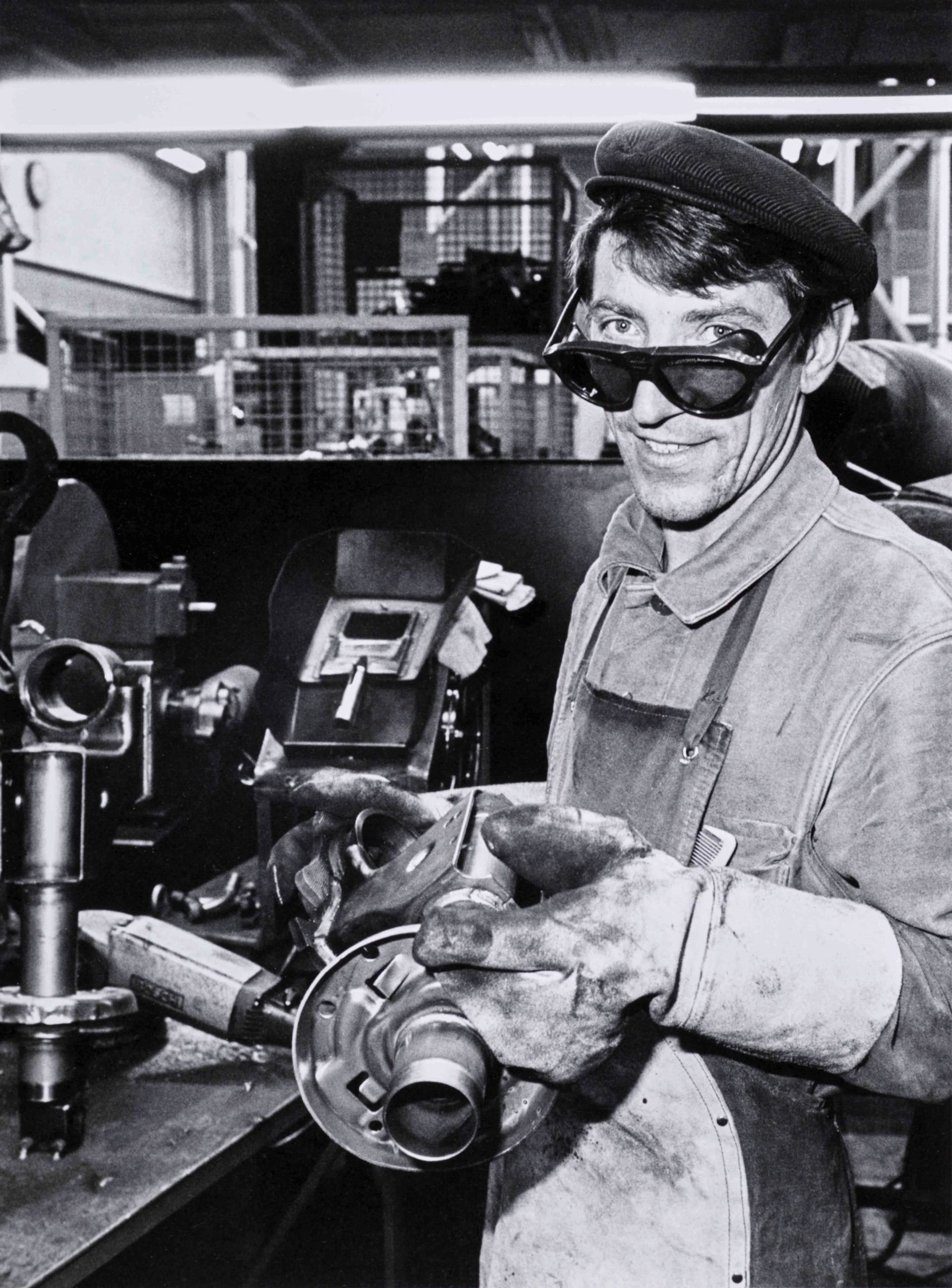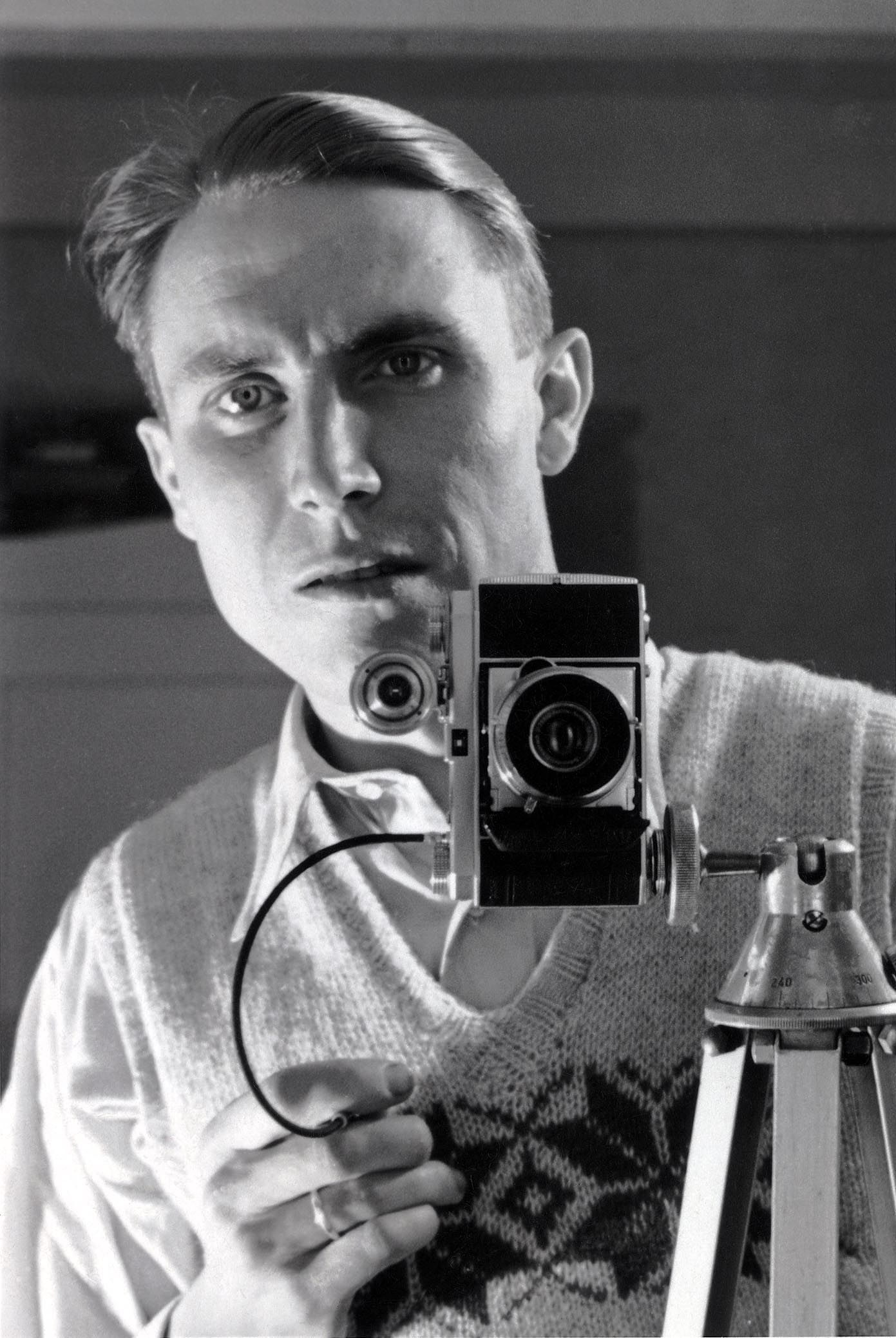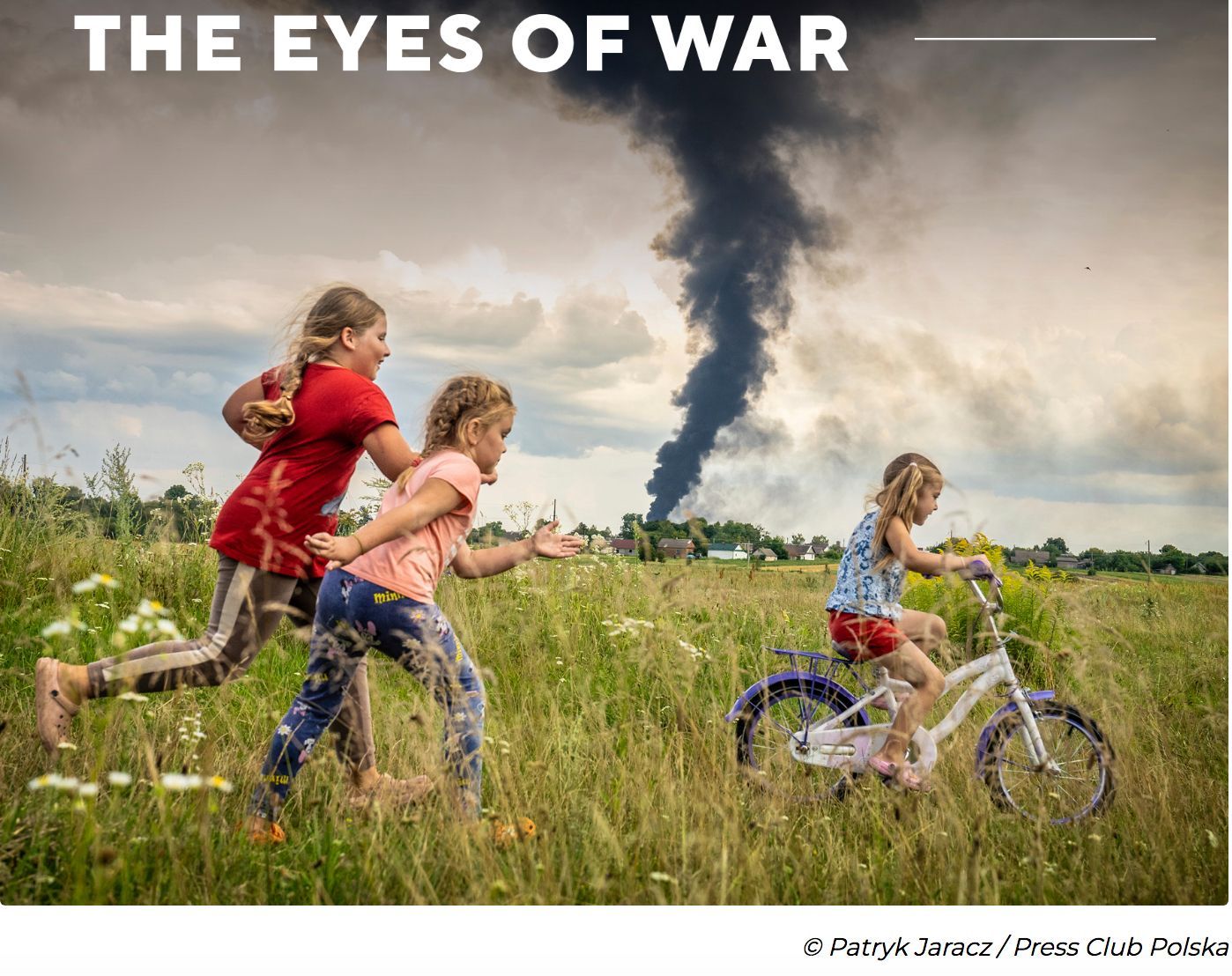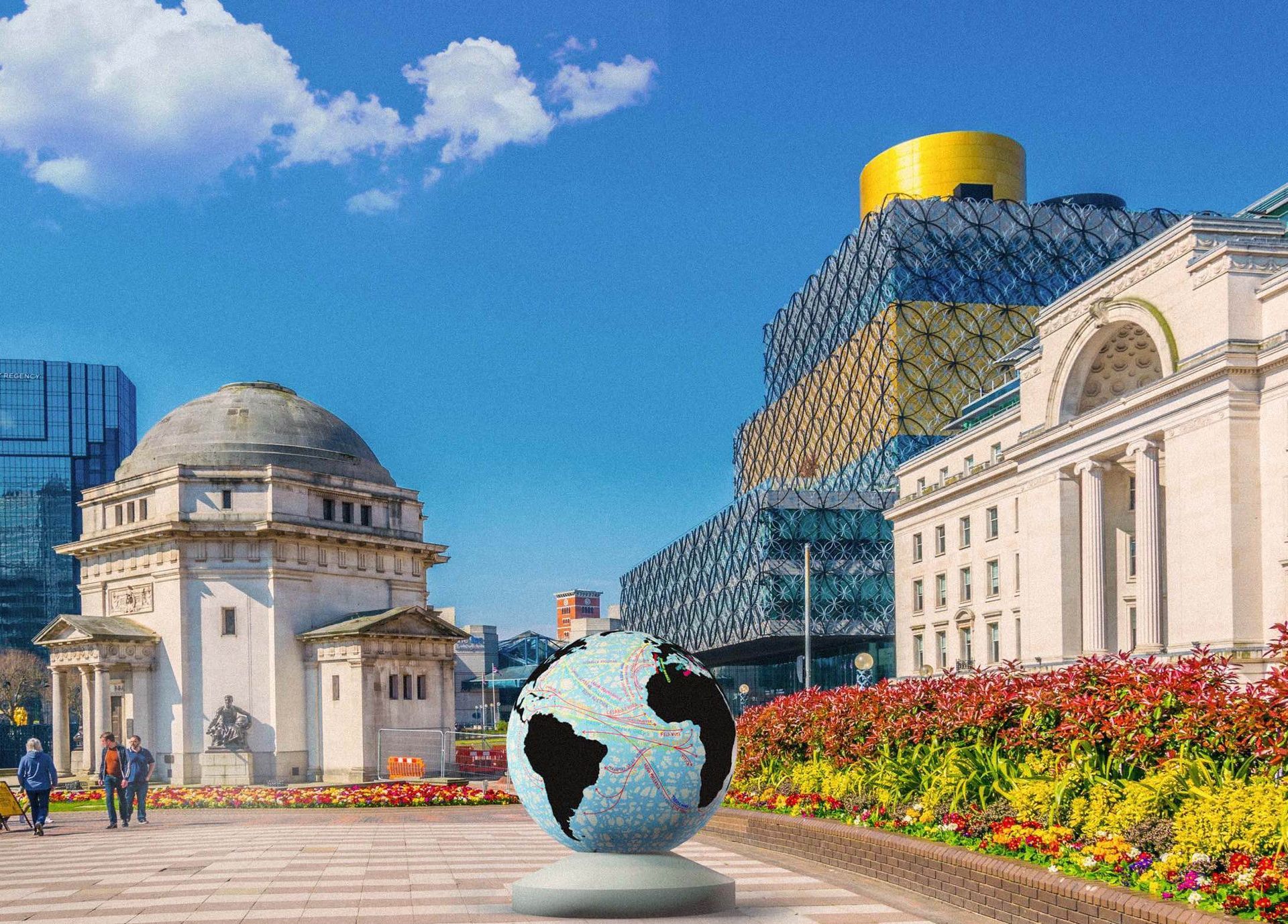
Erich Honecker reicht Helmut Schmidt ein Hustenbonbon, Bahnhof Güstrow, 13.
Dezember 1981 © J.H. Darchinger/Friedrich-Ebert-Stiftung
Klara Niemann: „The ‘Darchinger brand’ was synonymous with reliability.”
The interview was conducted in German. Free translation by the editors.
Joseph „Jupp“ Darchinger (1926–2008) was a pivotal chronicler of the nascent Federal Republic of Germany. From the 1950s onwards, he documented political life in Bonn, then the capital. His archive, comprising 1.6 million negatives and 60,000 prints, housed since 2008 at the Friedrich-Ebert-Stiftung, captures luminaries such as Willy Brandt, Helmut Schmidt, and Richard von Weizsäcker in vivid scenes, alongside marginal figures who evoke the spirit of an era.
His black-and-white photographs are distinguished by their contrasts and authenticity. His wife, Ruth, a photographic laboratory technician, assisted with technical retouching and documentation. Darchinger covered topics such as the environmental debate following the 1986 Sandoz disaster or labour migration, as seen in images of „guest workers.“ A committed democrat with ties to the SPD, he photographed across party lines, shaping the visual memory of the Bonn Republic.
Press photographers like Darchinger played a unique role in the Bonn era. With fewer photographers and lighter security measures—prior to the German Autumn of 1977—they enjoyed closer access to politicians. His images, such as those of Willy Brandt and his wife Rut at the Federal Press Ball, attest to this. Press photography remains an essential medium for rendering political processes and societal debates visible, as Darchinger’s work exemplifies.
The LVR-Landesmuseum Bonn, a centre of Rhenish cultural history for over two centuries, currently exhibits 130 press prints from Darchinger’s estate, curated by Klara Niemann in collaboration with the Friedrich-Ebert-Stiftung. Interviews with contemporaries provide further insight into his methods and the political significance of his photography.
————-
July 22, 2025

Willy und Rut Brandt bei Vorbereitungen für den Bundespresseball, Bonn,
November 1967 © J.H. Darchinger/Friedrich-Ebert-Stiftung
What was it like for you as curator to work on this project?
It was a short-notice project, highly intensive, and only feasible due to the excellent collaboration between the Landesmuseum and the Archive of Social Democracy at the Friedrich-Ebert-Stiftung. Among other tasks, it involved sifting through an immense volume of material to develop an understanding of Darchinger’s themes and visual language for selection. We sought to approach it with a fresh perspective.
Did you have contact with the Darchinger family?
Yes, two of his three sons, Frank and Marc Darchinger, were also photojournalists in their father’s family business. We conducted interviews with contemporaries, offering a vivid glimpse into Darchinger’s work—an aspect not previously explored in such depth.
The archive was transferred to the Friedrich-Ebert-Stiftung?
Yes, by Jupp Darchinger himself. He made the decision in 2007, and the photographic archive was transferred in 2008.

Kabinettssitzung im Park des Palais Schaumburg, 6. Juli 1967 © J.H.
Darchinger/Friedrich-Ebert-Stiftung

Raumpflegerin im Plenarsaal des Deutschen Bundestags, 17. Juni 1971 © J.H.
Darchinger/Friedrich-Ebert-Stiftung
„Darchinger was a striking personality with an extraordinary ability to observe people and open them up to the camera, capturing their essence.“
How would you assess Darchinger’s personality—how was he able to play such a significant role in political society?
Darchinger was a striking personality with an extraordinary ability to observe people and open them up to the camera, capturing their essence. His portraits, whether formal or in dynamic conversational settings within political contexts, demonstrate this strength. He had a keen sense not only for central figures but also for those on the periphery, encapsulating the mood of a moment. Moreover, he mastered maintaining professional distance from politicians while fostering a personal rapport that built trust. Politicians knew his photographs were expressive yet never detrimental.
An example is his close relationship with Helmut Schmidt. Such connections and his instinct for perfect timing were crucial to his success. From the 1950s, when Bonn became the capital, he was a fixture, operating in smaller, more intimate circles than today. His wife, Ruth, a trained photographic laboratory technician, supported him with technical retouching and documentation, enhancing his efficiency. Later, from 1977 and 1984, his sons joined, enabling broader event coverage. Thus, the „Darchinger brand“ emerged—a synonym for reliability, stark black-and-white contrasts, and compelling visual aesthetics in press photography.
„Today, photographers are more interchangeable, and security measures, such as those following the German Autumn of 1977, have restricted access.“
Did politicians take him behind the scenes?
In the 1960s, fewer photographers attended press events, facilitating access. Today, photographers are more interchangeable, and security measures, such as those following the German Autumn of 1977, have restricted access.
„It was a fine line, which he navigated masterfully, earning appreciation for his photographs.“
Were his photographs always respectful, or did some carry an ironic undertone?
A certain humour is occasionally evident, as in everyday scenes or portrayals of individuals. The images are never sensationalist, though not always flattering, such as during impassioned speeches. They render people approachable and convey the intensity of debates. It was a fine line, which he navigated masterfully, earning appreciation for his photographs.
Are there still such personalities in the media landscape today?
There are undoubtedly photographers who document politicians over years, such as Herlinde Koelbl with Angela Merkel, though in a different form of portrait photography, not classic press photography. Trust-based relationships persist, but the dynamics have shifted.
How were you able to select 130 photographs from 1.6 million negatives?
We primarily worked with the holdings of the Archive of Social Democracy at the Friedrich-Ebert-Stiftung, which manages 1.6 million negatives and 60,000 prints from Darchinger’s active years. We used original press prints bearing information such as notes and descriptions by the Darchingers or stamps and markings from the editorial offices that used them. In 1997, the Landesmuseum hosted a major Darchinger retrospective focused on the Bonn Republic. This time, we selected authentic press prints from his active years, which possess a source-like quality.

„Themenbild Gastarbeiter“, o. D. © J.H.
Darchinger/Friedrich-Ebert-Stiftung
Did he also produce photographs on sociopolitical debates, such as the energy crisis or migration in the 1980s?
An example is an image on drinking water quality, showing two Erlenmeyer flasks with river water—one murky and polluted, the other clear. This reflects the environmental debate of the 1980s, such as after the 1986 Sandoz disaster, when chemicals entered the Rhine, causing significant damage. Such images underscore the enduring relevance of these issues, as many debates persist today.
How did he document the migration question of the 1980s?
One print depicts a so-called guest worker, likely in the automotive industry, at a machine. These images relate to labour migrants, including those from Turkey or Italy, who arrived from the 1950s. The programme ended in the 1970s, but in the 1980s, migration grew more complex as many stayed permanently, brought families, and xenophobia emerged as a topic. Darchinger’s image of a smiling guest worker conveys a positive impression, though the reality—hard, poorly paid work—was often harsher, as he noted critically on the print’s reverse.
What was Darchinger’s political stance?
Darchinger was a staunch democrat and began in the 1950s with an affinity for the SPD, which shaped his work. However, he photographed across party lines, covering the political spectrum broadly. A critical perspective on the actors in contentious debates was essential.
„His photographs shaped public perception of these politicians, for instance through sympathetic, human portrayals.“
Did he have favourite politicians from whom he took the best photographs?
He closely followed figures like Willy Brandt, particularly in his early years until his chancellorship, as well as Helmut Schmidt and Richard von Weizsäcker. His relationship with Helmut Kohl was cooler. His photographs shaped public perception of these politicians, for instance through sympathetic, human portrayals. A notable example is an image of Willy Brandt and his wife Rut preparing for the Federal Press Ball in the 1960s, where Rut adjusts his bow tie—a moment Darchinger subtly staged to capture vitality.
What is the mission of your museum in the context of our region?
The LVR-Landesmuseum Bonn focuses on the cultural history of the Rhineland, encompassing archaeology, art, and cultural history. The photographic collection is but one part of its diverse departments. For over two centuries, the museum has been dedicated to researching and conveying regional cultural history, including through photography.

„Themenbild Umgang mit der Umwelt“, o. D. © J.H.
Darchinger/Friedrich-Ebert-Stiftung

Selbstporträt im Spiegel, 1949 © J.H. Darchinger/Friedrich-Ebert-Stiftung
TOP STORIES
DÜSSELDORF
Dr Bastian Fleermann: ‘From the first to the very last day in Düsseldorf, there was resistance from very courageous men and women, from very different directions.’
_____________
ENVIRONMENT
007: Who is Paul Watson and why was he arrested?
_____________
FREEDOM OF SPEACH
Julian Assange und die Pressefreiheit. Eine kleine Chronik (DE)
_____________
DÜSSELDORF OPERA
The surprising switch of course
_____________
PHOTOGRAPHY
Without censorship: World Press Photo publishes the regional winners of the 2024 photo competition
_____________
FLORENCE
_____________
April 2024
DÜSSELDORF
Controversy surrounding the Düsseldorf Photo Biennale
_____________
WAR
March 2024
_____________
ISRAEL
November 2023
_____________
ENGLISH CHRISTMAS
10 years of Glow Wild at Kew Wakehurst.
October 2023
_____________
TRIENNALE MILANO
Pierpaolo Piccioli explains his fascination with art.
_____________
NEW MUSEUMS
29 May 2023
_____________
NEW MUSEUMS
is coming in big steps.The Bernd and Hilla Becher Prize will be awarded for the first time.
19 May, 2023
_____________
VISIONS, ARCHITECTURE
MARCH 10, 2023
_____________
CHECK THE THINGS YOU WANT TO THROW AWAY
HA Schult's Trash People at the Circular Valley Forum in Wuppertal on 18 November 2022.
NOVEMBER 19, 2022
_____________
THE OPERA OF THE FUTURE
Düsseldorf, capital of North Rhine-Westphalia will receive the opera house of the future.
FEBRUARY 15, 2023
_____________
FLORENCE
The extraordinary museums of Florence in 2023.
JANUARY 1, 2023
_____________
DÜSSELDORF
DECEMBER 11, 2022
RELATED TALKS






